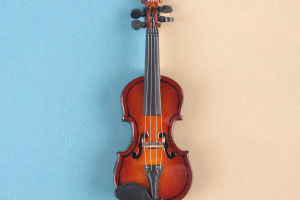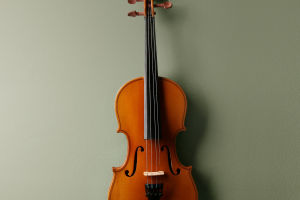Flower arrangement is an ancient art form that involves skillfully combining various flowers and plants to create elegant and harmonious works of art.
Whether used for decoration or as a means of expressing emotions, flower arrangement brings the beauty of nature into our lives. This article explores the basic techniques of flower arrangement and its cultural and emotional significance.
Flower Arrangement Techniques
1. Choosing the Right Materials
The first step in flower arranging is selecting the appropriate materials. Fresh flowers and greenery typically exhibit greater vitality. Common flower choices include roses, lilies, tulips, and carnations. Understanding the characteristics of each flower helps create a harmonious arrangement.
2. Determining the Style
Flower arrangement styles vary widely, including traditional symmetrical styles, modern free-form styles, and Japanese natural styles.
Choosing the right style influences the overall effect. For example, traditional symmetrical styles emphasize balance and symmetry, while modern styles focus more on individuality and creativity.
3. Mastering Flower Pairing Techniques
Pairing flowers requires attention to color coordination, shape contrast, and height variations. Typically, some primary flowers are used as focal points, with additional flowers used to enhance the arrangement's layers. When pairing colors, contrasting colors can highlight flower features or similar colors can create a soft effect.
4. Selecting the Right Container
The choice of container is also crucial. The shape and size of the container should match the characteristics of the flowers.
Tall vases are suitable for long-stemmed flowers, while shallow dishes are ideal for flat arrangements. The material of the container also affects the visual outcome; for instance, glass containers showcase flower roots, while ceramic containers convey tradition and elegance.
5. Preparing and Cutting Flowers
Before arranging, flowers need to be prepared and cut. Stems should be cut at an angle to increase water absorption.
For some flowers, leaves at the bottom need to be removed to prevent rotting in the water. The length of the stems should be adjusted to suit the arrangement, avoiding overly long or short stems that could affect the overall look.
6. Creating and Adjusting
When placing flowers in the container, it’s best to initially plan the general layout before making adjustments. During the arranging process, balance should be maintained to avoid overcrowding or sparseness. Adjusting the angle and position of the flowers can make the arrangement appear more lively and natural.
The Significance of Flower Arrangement
1. Beautifying the Environment
Flower arrangement enhances the aesthetic appeal of homes and workspaces. The fragrance and colors of fresh flowers can improve indoor air quality and elevate the space’s beauty. Whether placed in a living room, dining table, or office, flower arrangements provide a delightful visual experience.
2. Expressing Emotions
Flower arrangement is a means of expressing emotions. By selecting and arranging flowers, people can convey love, blessings, gratitude, or sympathy. Different flowers carry various symbolic meanings, such as roses representing love, lilies symbolizing purity, and sunflowers conveying positivity and enthusiasm.
3. Reflecting Culture and Tradition
Flower arrangement holds different meanings across cultures.
In Japan, for instance, flower arranging is known as "Ikebana," which is not only an art form but also embodies profound philosophical ideas. Through Ikebana, practitioners explore the beauty of nature and inner harmony. In Western contexts, flower arrangement is often seen as a decorative art that emphasizes personality and creativity.
4. Promoting Mental Health
Studies show that interacting with flowers can reduce stress and anxiety and improve mood. As an artistic activity, flower arranging helps people relax and focus. By connecting closely with nature, individuals can find inner peace and satisfaction.
5. Social Interaction and Communication
Flower arranging can be part of social activities. During family gatherings, friend meet-ups, or social events, arranging flowers together can enhance interaction and communication. Through flower arranging, people not only share in the enjoyment of beauty but also deepen mutual understanding and relationships.
In conclusion, flower arrangement is not just an artistic creation but also a rich cultural expression and means of emotional communication. By mastering the basic techniques, individuals can incorporate this art form into their daily lives, enhancing their quality of life and enjoying the pleasure of creation.


